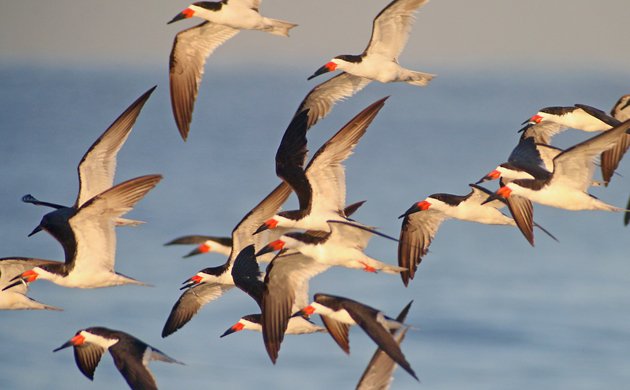
I spent the early morning hours the last two days on the beach in the eastern Rockaways, taking advantage of slanted light and cooperative birds. With shorebird migration still in full swing and lingering gulls, terns, and skimmers, it is a digiscoper’s bonanza, with the most difficult decision generally being where to point the objective end of my Swarovski. Though the main show is the large flock of Black Skimmers (like the ones above) that are lingering until, I believe, some of the year’s young are capable of handling the rigors of migration, there is plenty of other stuff to look at too.
Please forgive and indulge me by checking out this photo-heavy post. I think it’ll be worth your while. By the way, every single one of the photos in this post was digiscoped and all of them except the shot up top can be clicked for larger versions.
I find young shorebirds to be entertaining and they are often less cautious about approaching people. This young Ruddy Turnstone provided me with at least ten minutes of entertainment as it devoured this Mole Crab. It literally tossed it in the air several times as it tried to separate the meat from the shell.
The turnstone had to be careful though, because there were several Sanderling keeping an eye out, ready to swoop in and steal breakfast. I only saw a single successful snatch though, and that Sanderling only got one bite.
It was hard not to spend all morning watching and digiscoping the hordes of Sanderling gracefully running to and fro as the waves swept in and receded. They are so coordinated and capable, like clockwork!
Well, usually.
This Piping Plover was the only one left on the beach and I saw it both mornings. I couldn’t help but see it, actually, as it seemed lonely and in search of company. I took lots of pictures of it doing pretty much nothing.
Semipalmated Plovers, like this young bird, were all over the beach. They were remarkable in that they pretended I didn’t even exist and sometimes came close enough that I couldn’t focus. I appreciated that.
This adult decided to both eat and show off why it is called “Semipalmated” at the same time. Multitasking shorebirds! What’s next?
I hardly paid any attention to the American Oystercatchers which is kind of surprising as I usually can’t resist their carrot bills and goat eyes. I’m kind of embarrassed that this is the best flight shot I got of one all weekend.
I’m much less embarrassed by this Gull-billed Tern shot because, despite the family that has been hanging out for weeks this summer on the East Pond of Jamaica Bay, they are usually tough to find in Queens. And I saw two on Sunday on Rockaway Beach. I’m not going to mention that I almost made a fool of myself by trying to make this a Roseate Tern.
Double-crested Cormorants are one of those birds I usually ignore. But this one was irresistible. And I gave it kind of a three-quarters crushing. I have nothing more to say about this common and relatively boring bird.
I couldn’t figure out why the Black Skimmers were all flying around over the ocean when I got to their usual roosting spot on Sunday. Then I saw this Peregrine Falcon. It has to be a faux pas for a falcon to flinch when a skimmer skims it. Punk juvenile peregrine.
Young Black Skimmers are unusual in that they look less awkward as teenagers than they do as adults. It has to suck when they realize how freakish they will become.
By the time this post goes live on Monday morning I will be back out on the beach seeing what else there is to see. Three-day weekend! Whoo-hoo! Happy Labor Day!
…


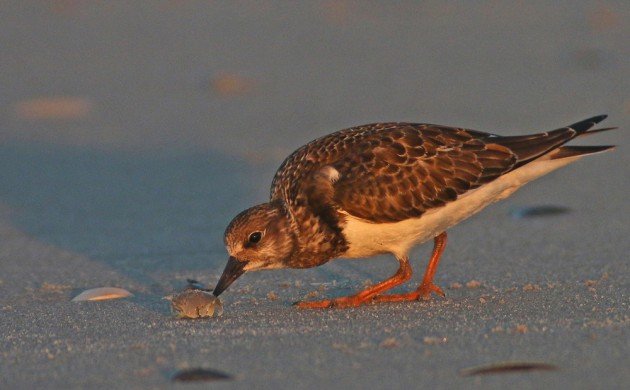
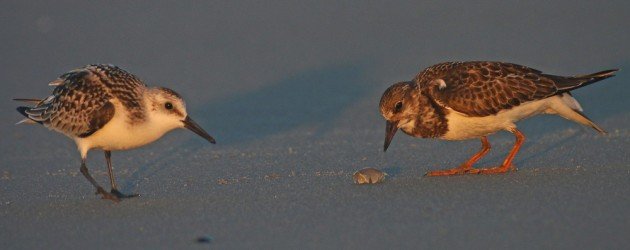
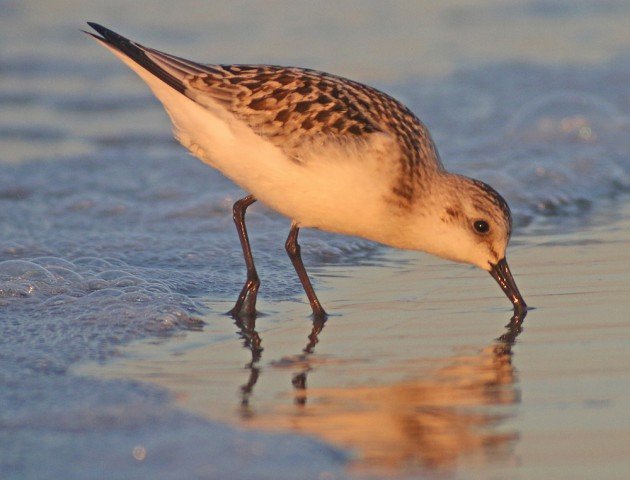
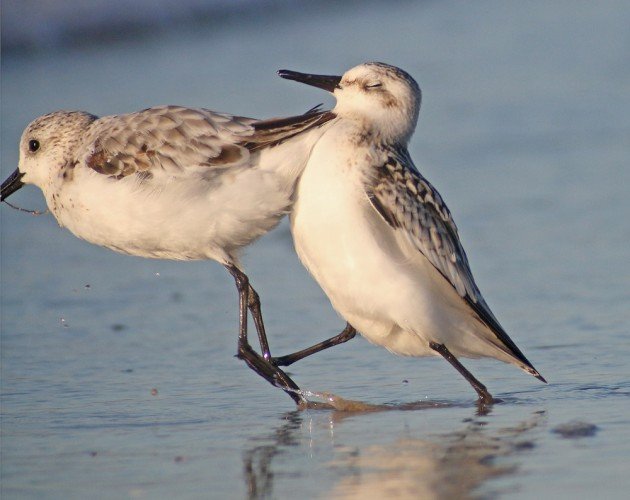
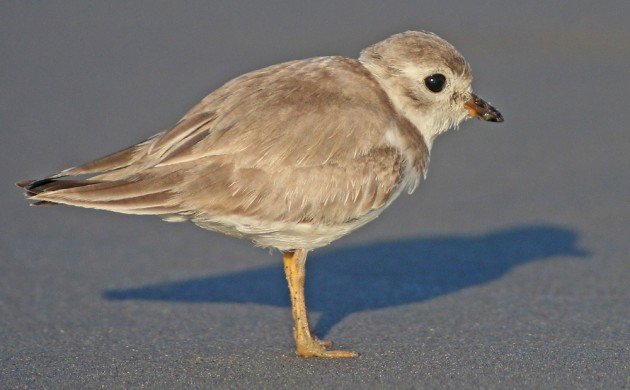
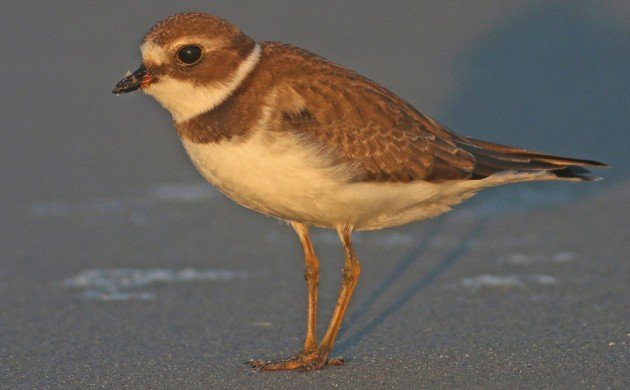
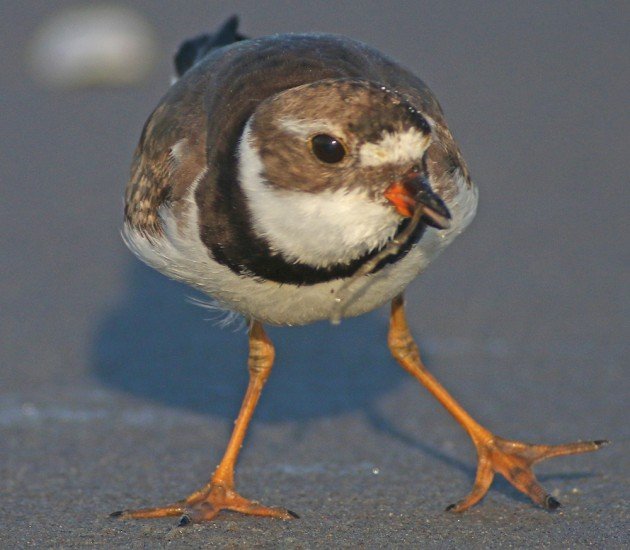
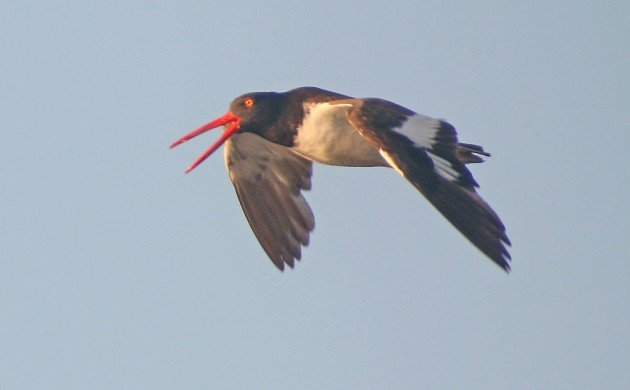
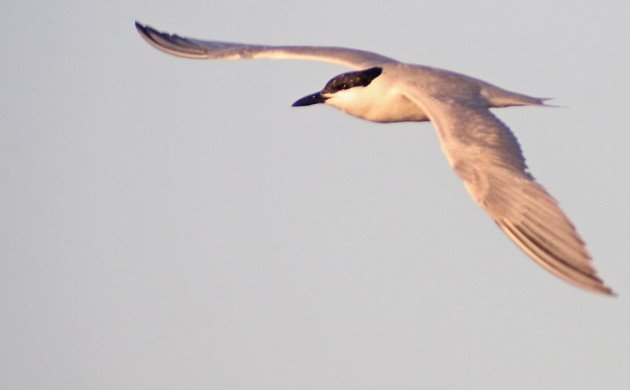
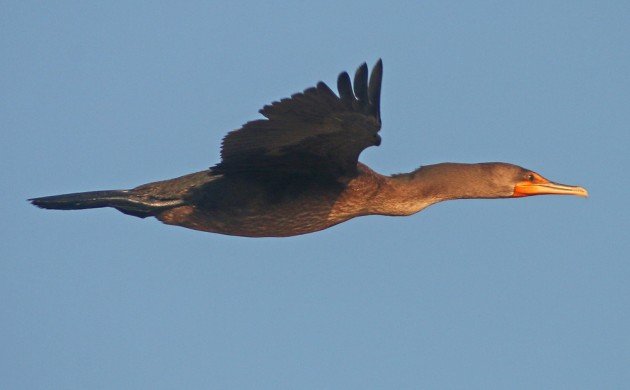
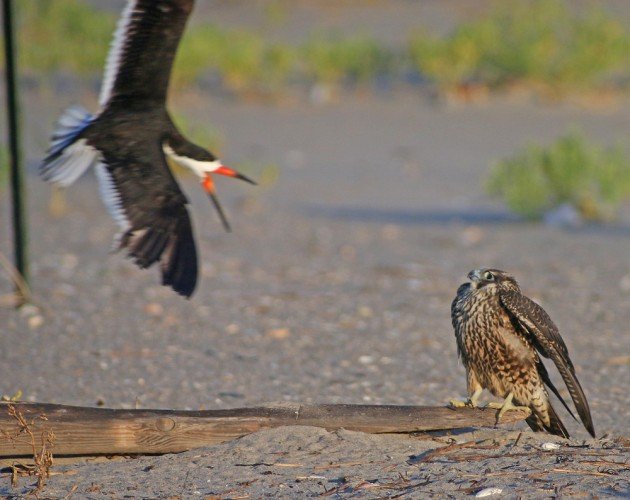
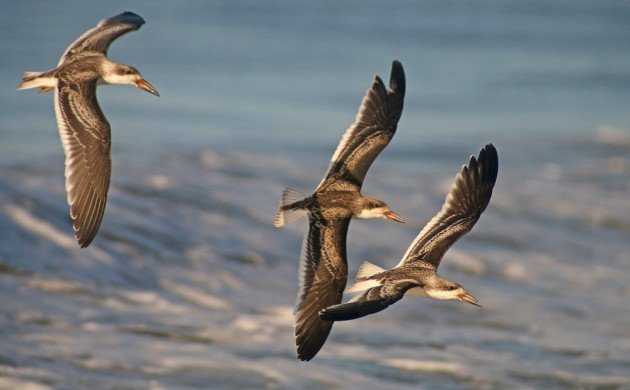











Nice shots! That’s where I added Pied Plover to my NY list.
Just magnificent photos! I liked them all, but especially the young Black Skimmers, the Black Skimmer screaming at the Peregrine Falcon, and the two Sanderlings. As for ignoring Double-crested Cormorants, I once saw one up close at a rehab center, and they have the most beautiful eyes of all birds!
Shame